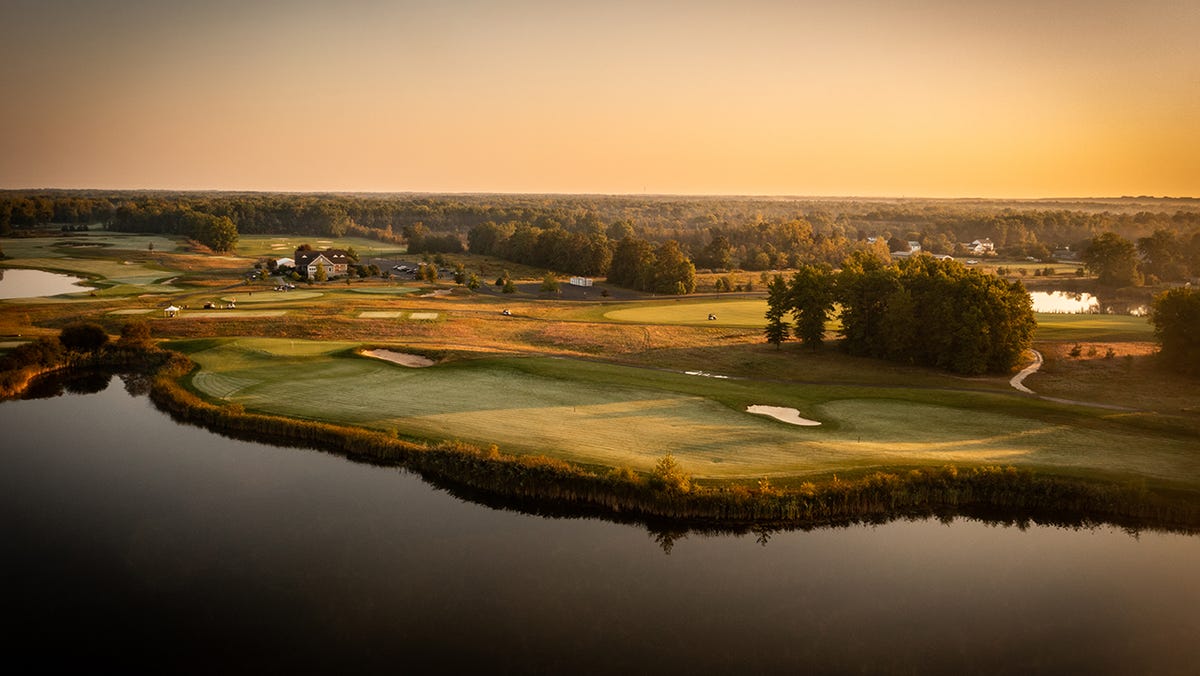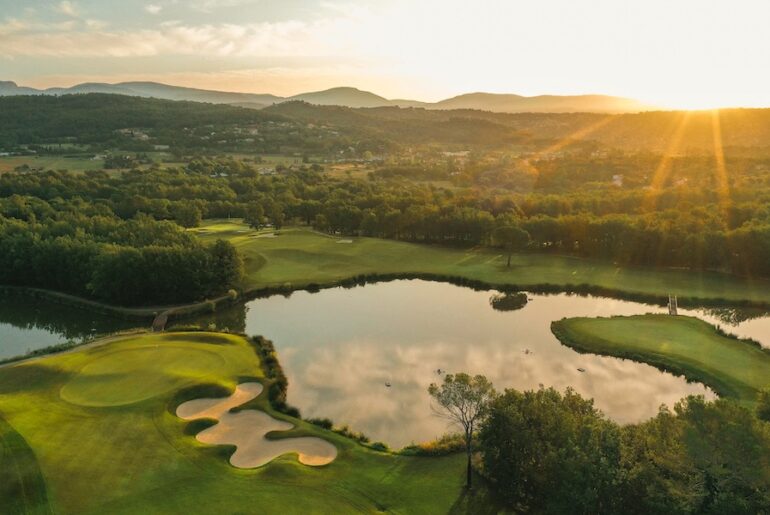Niagara Falls is undeniably breathtaking – but its grandeur is not eternal. Through upcoming generations, even its current form may look radically different. The iconic Horseshoe Falls, the largest of the three, straddles the border between the United States and Canada. Downstream on the U.S. side lie the American Falls and the lesser-known Bridal Veil Falls, separated by Luna Island, which doubles as a scenic observation point. Goat Island, meanwhile, divides Horseshoe Falls from the other two.
Yet this natural marvel is constantly evolving. Erosion relentlessly reshapes the river’s course – sometimes by as much as six feet per year. Over the past 12,000 years, the falls have migrated roughly seven miles upstream from Lake Ontario. Driven by the force of more than 3,000 tons of water cascading every second, the falls continue to chip away at the landscape, inching ever closer to Lake Erie.
Scientists estimate that Niagara Falls will eventually disappear – long before it reaches Buffalo, likely within the next 50,000 years. For now, though, Niagara Falls remains in its prime: a geological sweet spot where beauty, power and impermanence converge.
Whether you’re standing on the edge of Horseshoe Falls or gazing across the mist from Luna Island, one thing is certain: Niagara Falls is a spectacle worth seeing while it’s still at its most magnificent.
The same might be said for Hickory Stick Golf Course, which sits below the falls between the towns of Lewiston and Youngstown.
Hickory Stick was built for casino stays
Originally, Hickory Stick was built simply as an amenity for those staying at Seneca Niagara Casino, about 20 minutes to the south, as an added activity for those looking to turn an overnight stay in the tourist town into a long weekend.
And while casino guests still comprise about 30 percent of the business at the course, the daily-fee demands continue to rise as the Robert Trent Jones Jr. track becomes known as one of Western New York’s best public-access places to play.
Since Hickory Stick sits below the escarpment on which Niagara Falls is perched – meaning it’s in the low-lying areas that have already been eroded – the entire basin is flat but rich in nutrients. This has lent itself to a lush playing surface, one that has a short but bountiful playing season. Winters in this area are harsh, although there’s considerably less snow than in Buffalo to the south, but summers include long days with wildlife and flora galore.
Players get a healthy dose of both right off the bat, with a pond hugging the left side of the fairway on the first hole, a dogleg-right par 4 that eases players into the course but can still punish early hiccups.
Get comfortable with the water. It’s prevalent on the course, and although there are plenty of areas to bail out, cutting corners or taking aggressive lines can come back to bite at Hickory Stick.
“One of the first things you notice, working around the course is that there’s a lot of water,” said Brady Clendening, who has managed the course for Kemper Sports for roughly a half-dozen years. “There are vast areas to hit, too, and you’re likely not in too much trouble unless you spray it here. But this is one of those courses we can set up as hard as we want it to be.
“It’s a resort course, so we want it playable, and we keep the greens around a 10 so the pace of play isn’t six hours, but it’s a great way to spend a day. The natural look of it, the herons and various wildlife, it’s really something. You can’t see many homes when you go around this course, so it really feels like you’re out in the country.”
For Clendening, who has managed various properties around the Western New York area, a true test of a good golf course is how much of it you remember after leaving.
“The first time I played this course, I remembered every single hole,” he said. “That tells you something.”
Course named for rare shellbark hickory trees
The course is named for the rare and protected shellbark hickory trees, which are plentiful throughout the round. On the par-4 fourth hole, there are plenty of those trees down the left side and a lateral hazard all along the right side as well. Precision is demanded.
And although the next three holes offer the best bet to string together some good numbers, a series of ponds along each hole will ding players who pull the ball off the tee. All three water hazards are along the left side, so get a butter cut in order before coming to Hickory Stick.
As players come around to No. 9, the course’s defining feature comes into play: a massive double green that closes each nine. The first time through it, most players will be hitting a wedge over a lake to a narrow green that off a slight bailout long but that will leave a delicate play back down the hill to the hole, with the water inviting you to take a dip.
While 18 shares a green with No. 9, it also shares part of its fairway with the 10th hole, which is a long par-4 that doesn’t afford the same gentle start as the front nine. Pro tip: Double-check the card on this one, as a creek runs in front of the green and high grasses keep the green largely hidden. What you might not see is that the creek connects to a pond just to the left side of the green. This writer pulled his approach just slightly left, expecting a short pitch and an attempt to save par, but instead found the water.
One interesting feature about the back nine is the three par 5s, giving the course a total of five for the day. The 6,967-yard, par-72 layout never gets predictable with five par 3s as well.
By the time you roll into your second tour of duty on the double green at the 18th hole, which is also a par 5, you’ve got the lay of the land, and the long green sets up well for bombers as well as those who are rolling up.
Either way, Hickory Stick offers a truly enjoyable way to spend an afternoon, and a much-needed respite from the bells and whistles of the associated casino. There are some plans for minor revamping of the property, including cart path resurfacing and a little bunker work in 2026, although not a major renovation. All of this will be done in-house. Because the course is 15 years old and the property has so many bunkers, some drainage improvements are necessary.
But overall, Hickory Stick, which jumped a few spots on the 2025 Golfweek’s Best casino course list, is really finding its groove. Clendening said those who return after a long absence quickly notice the difference.
“People who come back and play us for the first time in a while really notice the maturity of the fairways as opposed to when it first opened,” Clendening said. “It’s a lot of work to build a golf course, especially in an area like this, and it takes a little time to get to where you want it. This was basically swamp land when they came in here and carved this golf course, and it needed a little time.
“But it’s a fantastic property. And it’s definitely in its sweet spot right now.”
Tim Schmitt is the managing editor of Golfweek and a former resident of Lewiston, N.Y. This story originally ran in Golfweek’s third print edition of 2025.







